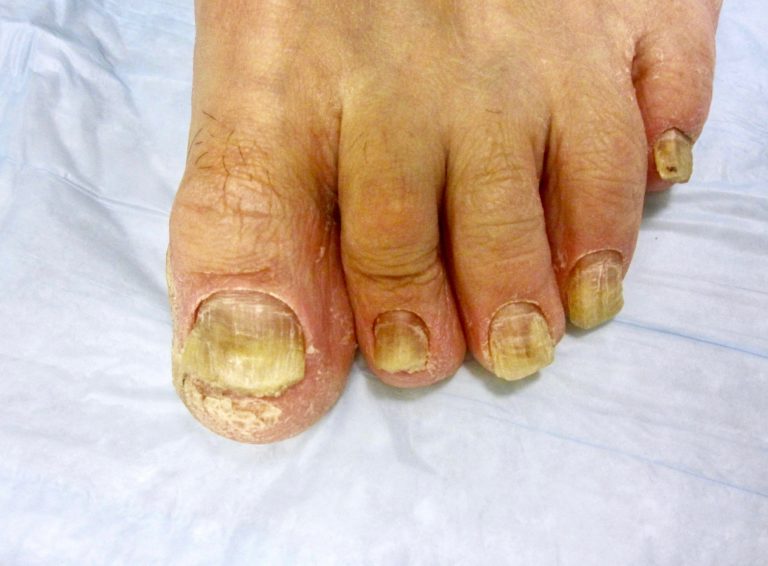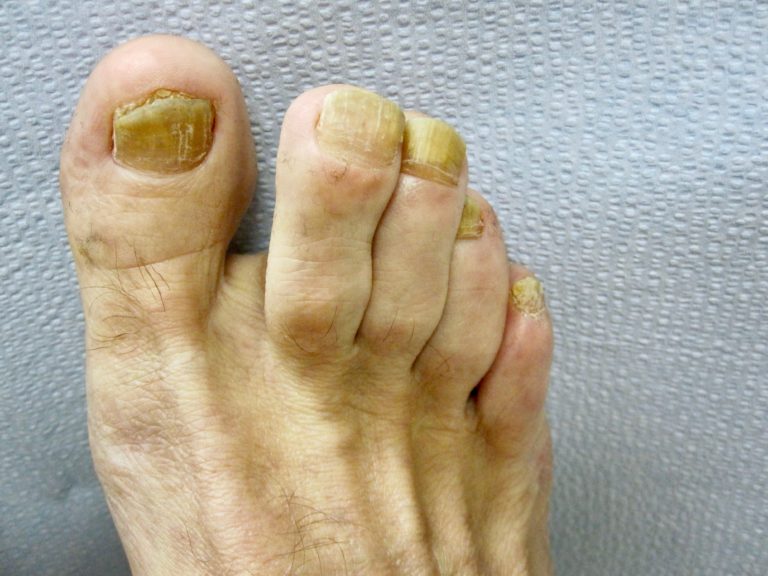Warts
Watch the video above to learn about Warts, and how I approach treating this with my patients. There's also more information below. As always, when you're ready, fill out the form on this page to request a consultation.
I walked in, they were so friendly and took amazing care of me. — Danielle


Warts are a viral infection caused by the human papillomavirus. The virus enters the skin through an opening or a crack and the wart lives in the skin layers. The majority of warts are benign, yet in certain circumstances they can become malignant. While the majority of warts resolve spontaneously over the course of 12-18 months, some warts will continuously grow. Treatment is recommended as warts can spread and they can also be painful.
Symptoms
- Loss of normal skin lines
- Pinpoint blood vessels which appear as little black dots within the skin
- Flat and pale lesions with a flesh tone
- Finger-like projections with elevation from the skin
Types of warts
A variety of warts affect the feet. The most common and well-known type of wart is the plantar wart. The term plantar wart or verruca indicates that the wart is on the bottom of the foot, also known as the plantar surface. These warts are typically painful as they are on the weightbearing surface and are exposed to pressure. Plantar warts generally have an overlying skin callus and underlying pinpoint vessels seen as little black dots.
Larger warts or groups of warts are typically referred to as mosaic warts. Mosaic warts result when multiple small warts form clusters. Depending on their location, they can be painful, particularly if they are on a weightbearing surface or on a surface exposed to friction such as the back of the heel.
Verrucae vulgaris is a type of wart commonly found on non-weightbearing surfaces such as the top of the foot or along the toes. They are generally elevated, well circumscribed lesions with a rough surface and have pinpoint vessels within.
Prevention
Warts are a virus and therefore are contagious. If you have a wart, do not pick at the lesion with your bare hands as you may develop a wart on your hands or spread the wart to other parts of your feet. Warts are very common in children and adolescents, yet adults are also susceptible to the virus. Common locations that you may acquire the virus include gym locker rooms, swimming pools, or dormitories. Try to avoid barefoot walking as often as possible in these locations to reduce your risk of acquiring a wart.
Treatment
In general, treatment is recommended for plantar warts to prevent spread to other locations. Painful warts should always be treated. It is very important for patients to understand that warts are very difficult to treat. Although treatment is generally successful over time, you may require several treatment types and several treatment sessions. There is always the possibility the warts will not resolve. Many people are under the impression that warts can easily be cut out, yet this is not the case. Even when cut out, warts can quickly recur.
Dr. Stewart generally reserves excising plantar warts as a last resort. The key to successful treatment involves bi-weekly visits in the office and generally daily treatment at home by the patient. Treatment of plantar warts is a commitment and you must make the decision to stay committed to the treatment plan prior to initiating therapy.
I promise you if you are looking for an expert in his field, a doctor that truly cares, and a doctor that knows how to run a business then you need to contact Dr. Jordan Stewart – he is top of the line. – Susan McLean
Common treatment for Warts includes:
- Debridement of the wart followed by application of 80% monochloracetic acid
- Debridement of the wart followed by application of 89% phenol and 60% salicylic acid
- Debridement of the wart followed by treatment with a laser
- Home treatment with medications including prescription strength salicylic acid or other topical medications
- Excision of the wart
